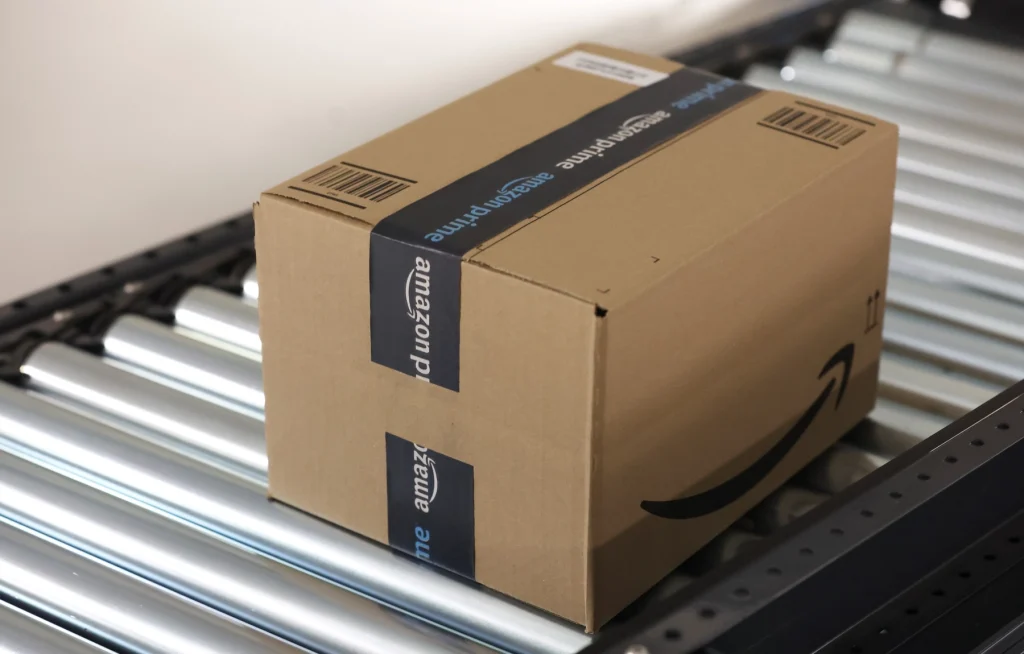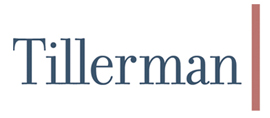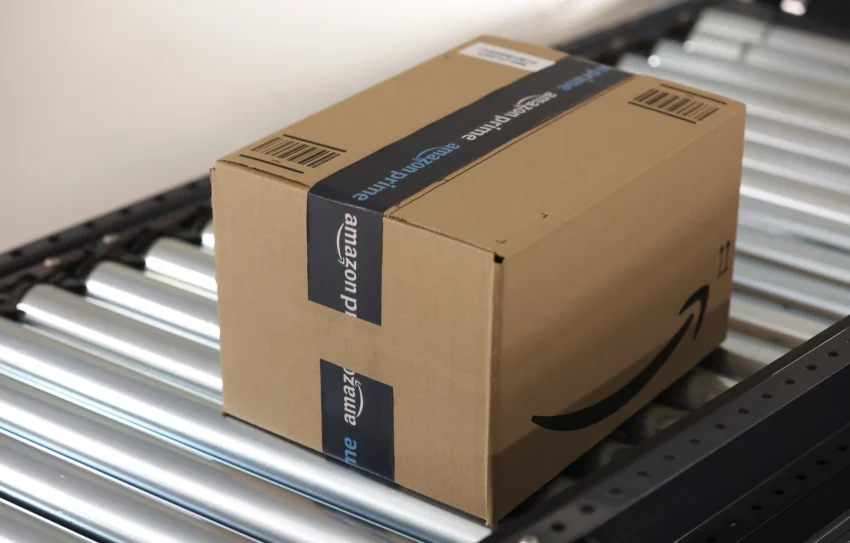August’s retail roundup captures a spectrum of market dynamics, from Amazon’s record-setting Prime Day to mixed quarterly earnings, shedding light on key trends as 2024 progresses.

As we close out the summer, it’s fitting to highlight the scale of Amazon’s latest Prime Day event. The e-commerce giant delivered over 5 billion packages in a single day, marking a 30% increase from the prior year. This impressive feat underscores Amazon’s ongoing advancements in same-day and next-day delivery services. Prime Day’s success clearly had a significant impact across the board, bringing some positive news to the retail sector as we head into the latter half of 2024.
August also saw the release of second-quarter earnings reports from various retailers, revealing a mixed landscape, particularly for mall-based stores. While some chains exceeded expectations, there is a prevailing sense of caution as consumers appear to be tightening their wallets heading into the fall.
Nordstrom continued to excel, surpassing Q2 expectations with robust top- and bottom-line growth, though only slightly adjusting its forecast upward for the year, in line with expectations. On a different note, Target marked a significant turnaround, reporting its first sales increase in four quarters. This resurgence was primarily driven by strategic pricing adjustments, signaling a positive shift after a challenging period. Meanwhile, Macy’s faced continued challenges, with further declines prompting a downward revision in its outlook. Dillard’s reported disappointing results with declining sales and rising expenses, contrasting sharply with the positive news from Walmart, which raised its forecasts and does not foresee a slowdown in demand.
On the branded side, Under Armour saw a 10% decline this quarter and is now focused on reconnecting with consumers who have shifted to other brands. PVH also reported a drop in sales, largely due to a weak international performance and the sell-off of its Heritage Brands women’s intimate business, though the company remains optimistic about its long-term prospects.
The retail environment remains challenging for brands and retailers. Recent coverage from The Wall Street Journal highlighted the difficulties suppliers often face with retail partners, while CNBC speculated on the future of malls in a post-Macy’s world as the retailer plans to shutter more stores over the next two years.
In the ongoing quest for improved results, retailers are exploring new strategies. Retail Dive offered an insightful piece on the importance of value beyond just price in securing consumer loyalty. Ace Hardware is doubling down on enhancing the in-store experience to differentiate itself from big-box competitors. Meanwhile, Abercrombie & Fitch is venturing into the wholesale market for kids’ apparel, following Target’s lead—an evolution worth watching closely. Walmart is also making strides by leveraging generative AI to enhance product attribution, thereby improving search functionality for customers.
Lastly, while Halloween looms, the concept of “Summerween” is gaining traction as retailers seek new opportunities and white space, perhaps offering a chance to extend the summer spirit just a bit longer.




